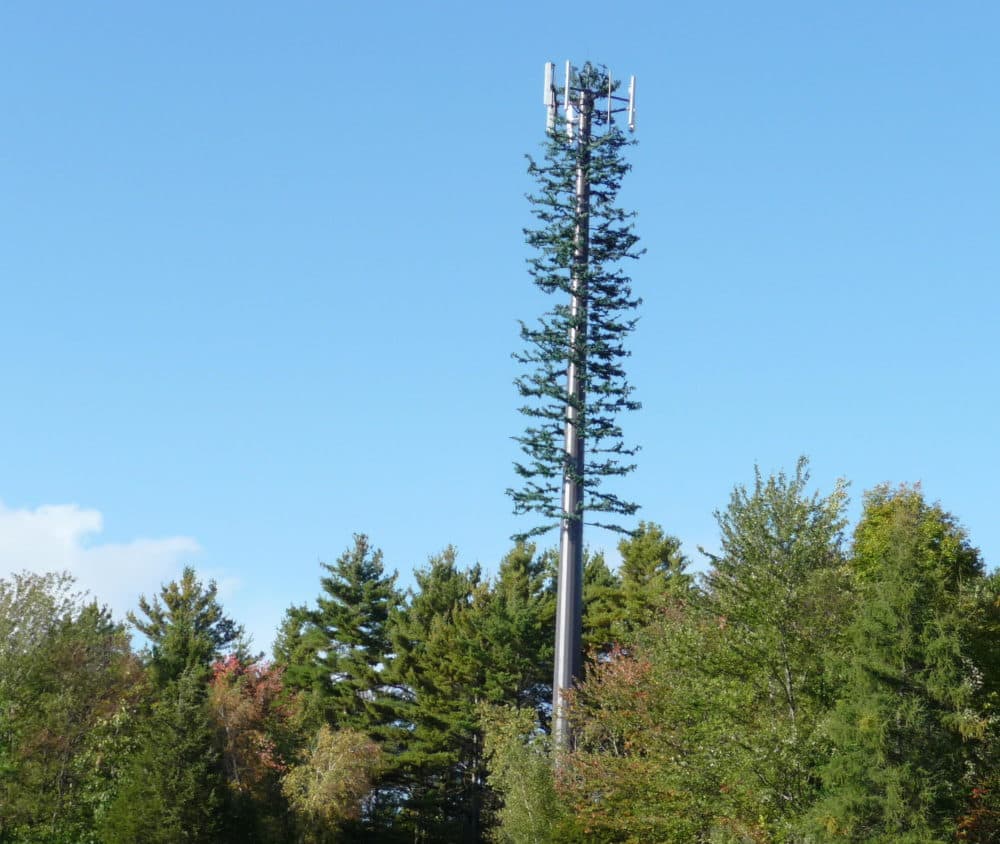If what is a safe distance from a 5g cell tower 've ever wandered through a town and spotted tiny 5G cell towers on street light poles. They look like little boxes, but they're actually broadcasting wireless signals from mobile providers to your phone.
The smaller ones are being replaced by larger built cell towers. Although they're not as visible, they still can cause problems for people.
It is the FCC's Radiation Exposure Thresholds

The FCC's Radiation Exposure Thresholds determine the safe limit at which an individual can be exposed to electromagnetic energy generated by wireless devices. The exposure limits are based on research that show that RF energy could be harmful to human health.
The specific absorption rate (SAR) is an indication of the radiofrequency energy absorbed by tissue. It's usually 1.6 milliwatts per kilogram calculated over one kilogram of tissue.
But, since 5g operates at higher frequencies and has the potential to increase the intensity of energy on the skin as well as other body areas. This can lead to various potential problems, including an increased appearance of skin disorders such as dermatitis, skin cancer and cataracts.
Due to the potential for severe effects of 5g radiation, PSU has chosen to create a general limits on power density, which is 4mW/cm2 measured across 1 centimeter, and not exceeding 30 minutes for all 5G services running at 3000 GHz. This localized limit is consistent with the highest spatial-average SAR of 1.6 W/kg, averaged over one g of tissue at 6 GHz.
The FCC's Maximum Exposure Thresholds for Maximum Exposure
Have you ever used a cell phone, you're probably aware that the safest distance from the tower should be at least 400 meters. This is due to the transmitting power of cell towers increases drastically the farther the tower is.
While it sounds like something that's good but the truth is that people who live close to towers could be more susceptible to health problems. For instance, a study conducted in 2014 in India found that residents living within 50 meters of cell towers had significant more health issues than those who lived farther away from the antennas.

But, the study showed that residents who moved to areas that were further from the cell towers saw their symptoms improve within a few days. Other studies have revealed that exposure to high levels of radiofrequency electromagnetic fields (EMFs) could cause cancer, brain tumors, and other health problems.
This is due to the fact that radiofrequency radiation, utilized in wireless communications, can be absorbed by the body's outer layer, called the skin. This is important to understand because the skin serves as a protective barrier against injury to the body, infection from pathogenic microorganisms, as well as infiltration of toxic substances. Additionally, it is the most important organ in the human body and is responsible for protecting other organs.
The FCC's Minimum Exposure Thresholds for the Minimum Exposure
The FCC's Minimum Exposure Thresholds are based on many assumptions that aren't supported by scientific research. what is a safe distance from a 5g cell tower include the incorrect belief that short-term exposures RF radiation are safe because of the minimal penetration into the body (i.e. thermal heating of tissue).
This assumption does not take into account the deeper penetration of the ELF components of modulated RF signals as well as the effect on the body of short bursts from pulsed RF waves. These assumptions do not correspond with current understanding of the biological effects of RF radiation. Therefore, they should not be relied upon for health-protection exposure standards.
In what is a safe distance from a 5g cell tower to that, ICNIRP and FCC are limiting its maximum levels of radiation exposure for local peak SARs that are based on the peak speed of spatial absorption (psSAR), which can be described as not a sufficient dosimetric tool to determine the degree of exposure to radiofrequency radiation. Particularly the psSAR tool is not accurate for frequencies that exceed 6 GHz. Additionally, psSAR hasn't been tested for RF radiation that is exposed to other agents of the environment such like sunlight. The interactions of RF radiation and other environmental agents could produce synergistic or antagonistic effects. This could result in an increased risk of adverse health adverse effects. For https://casinogamblerman.com/what-lengths-should-i-remain-coming-from-a-5g-mobile-tower/ , exposure to RF radiation with sunlight may raise the chance of developing skin cancer, as well as aggravate other skin diseases such as acne.
